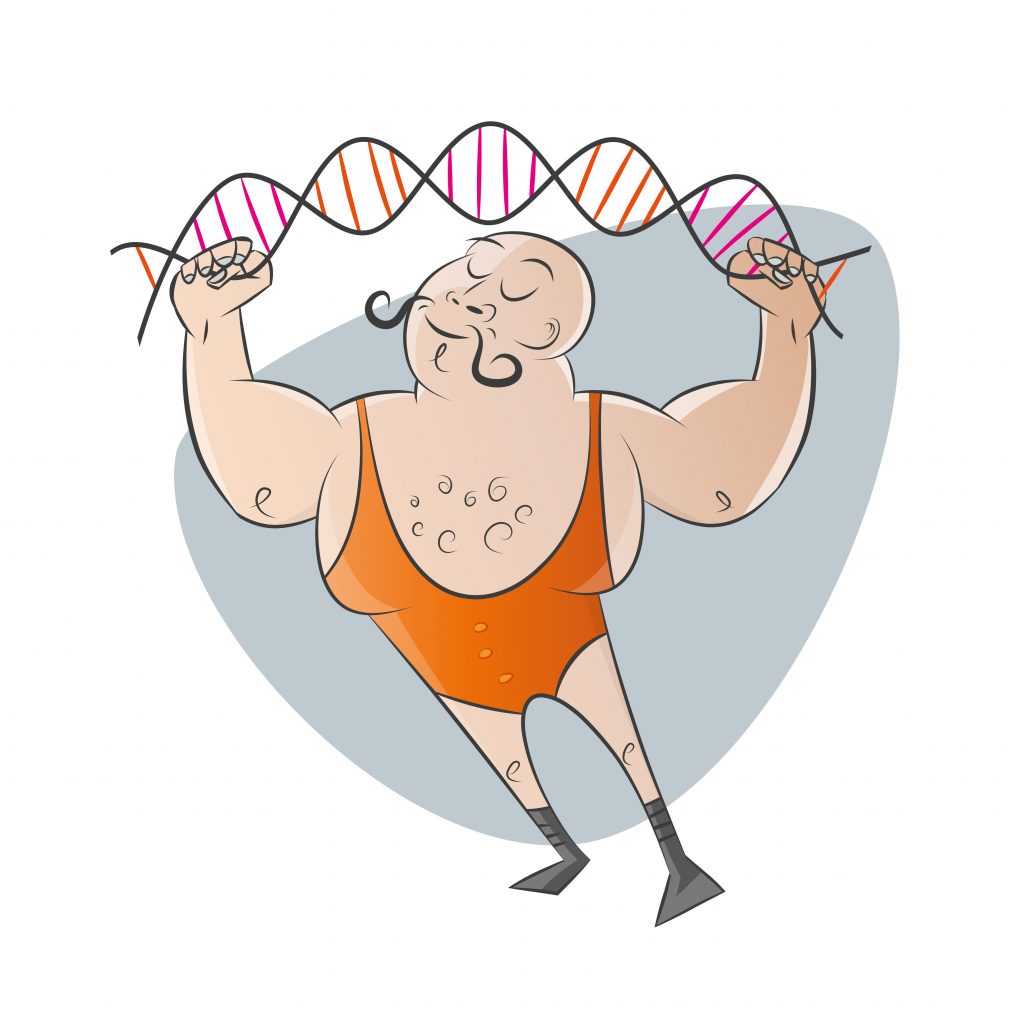
While juices and shakes may be nothing but a fitness fad for those looking to get into serious shape, liquid-liquid biomolecular condensation has washed away previous paradigms by highlighting its vital role in gene regulation and chromatin organization. Now, a rather fit new study has described how biomolecular drop-like condensates of the reprogramming factor KLF4 (Kruppel Like Factor 4) help to keep our epigenome in shape by re-opening closed chromatin domains and organizing chromatin interactions with the help of DNA methylation.
Fascinating research had previously linked biomolecular condensation to epigenetic inheritance, transcriptional control in mouse embryonic stem cells, and the creation of chromatin-associated “reaction chambers” and even heterochromatin domains. This latest in-shape study comes from a tip-top team led by Kevin R. MacKenzie, Allan Chris M. Ferreon, Choel Kim, and Josephine C. Ferreon (Baylor College of Medicine, Houston, TX, USA), who examined the role of KLF4 biomolecular condensates during the arduous process of reprogramming somatic cells into induced pluripotent stem cells.
Let’s hear what the fighting-fit team of Sharma, Choi, and colleagues had to say about liquid-like biomolecular condensates of KLF4 and the attainment of pluripotency:
- Induced expression of fluorescently tagged KLF4 prompts the formation of droplets (hallmarks of liquid-liquid condensation) in HEK 293T cells or BJ fibroblasts (widely used for reprogramming)
- Unexpectedly, the formation of KLF4 biomolecular condensates does not require the intrinsically disordered region associated with this process in other proteins
- Instead, point mutations to the zinc fingers of the DNA binding domain decrease KLF4 condensation, suggesting the overarching importance of this domain
- KLF4 forms biomolecular condensates with promoter DNA fragments from the pluripotency-associated gene NANOG, which contains KLF4 cognate sites, through a complex “bridging” interaction
- CpG methylation of a KLF4 binding site enhances the condensation of KLF4 with DNA fragments
- This mechanism underpins the “pioneering” ability of KLF4 to re-open closed chromatin domains characterized by DNA hypermethylation and help to reprogram the epigenome
This deltoid-flexing data highlights a tumultuous process in which DNA sequence and methylation regulate the formation of liquid-like biomolecular condensates of KLF4 that attract pluripotency-associated to induce epigenome reprogramming. Furthermore, this sturdy study also underscores the importance of KLF4 as a critical chromatin organizer and a pioneer transcription factor during the reprogramming of somatic cells into induced pluripotent stem cells.
“Our results suggest that the local sequence of DNA and its CpG methylation state enable KLF4 to drive DNA into a separate phase, which helps to organize chromatin in three dimensions,” said co-corresponding author Kevin R. MacKenzie. “Hundreds of human transcription factors contain tandem zinc fingers like those in KLF4, so this class of rapidly evolving proteins may be implicated in chromatin organization through similar ‘bridging’ interactions.”
Get your epigenome in serious shape by flexing your way over to Nature Communications, September 2021




